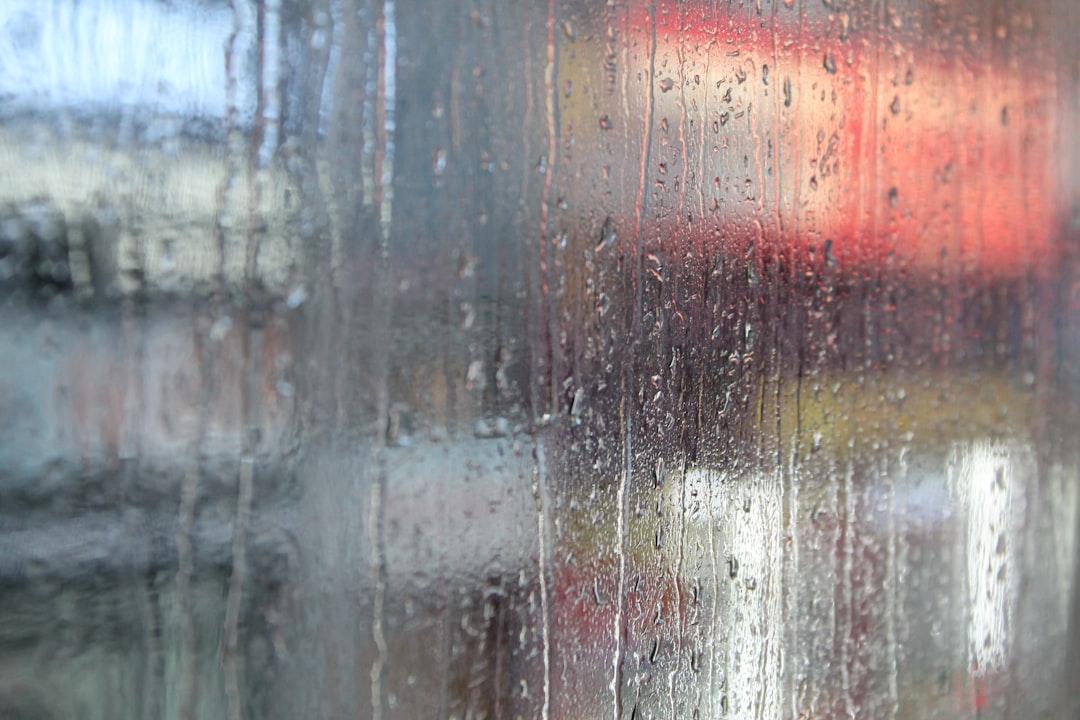What is it about?
Concurrent Supply and Exhaust Ventilation (CSEV) has been developed to effectively exhaust heat and contamination from the kitchen. CSEV system can block the contaminated air from entering the inner space by supplying fresh air horizontally in the ceilings towards the hood where the overflowed contaminated gas tends to diffuse to inner part of the room. The system captures contaminated air in an area near the ceiling and this captured air is then exhausted through the ceiling outlet.
Featured Image
Why is it important?
The objective of this research was to investigate the performance variation of this system with respect to air flow rates. For quantitative evaluation, heat and gas capture efficiencies were defined and calculated. Experiments were conducted to compute heat and gas capture efficiencies based on the temperature and SF6 concentration data that were measured at the exhaust locations. To find optimum operation conditions for a CSEV system, numerical analysis was carried out. Both heat and gas capture efficiencies would increase as exhaust flow rate of the hood increases. However, the optimum supply flow rate of ceiling nozzle was found to be 100 m3/h for maximum efficiency.
Perspectives
This work will help to design better kitchen ventilation system.
Professor Young Il Kim
Seoul National University Science & Technology
Read the Original
This page is a summary of: Effect of air flow rates on concurrent supply and exhaust kitchen ventilation system, Indoor and Built Environment, July 2014, SAGE Publications,
DOI: 10.1177/1420326x14541558.
You can read the full text:
Contributors
The following have contributed to this page










